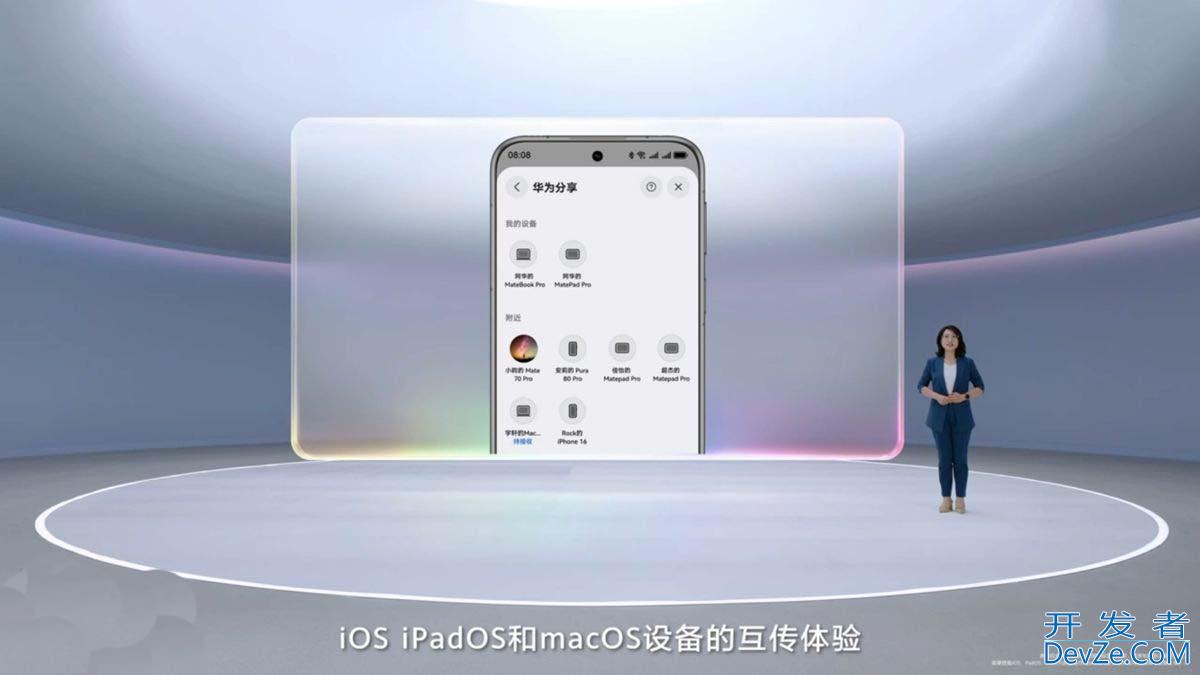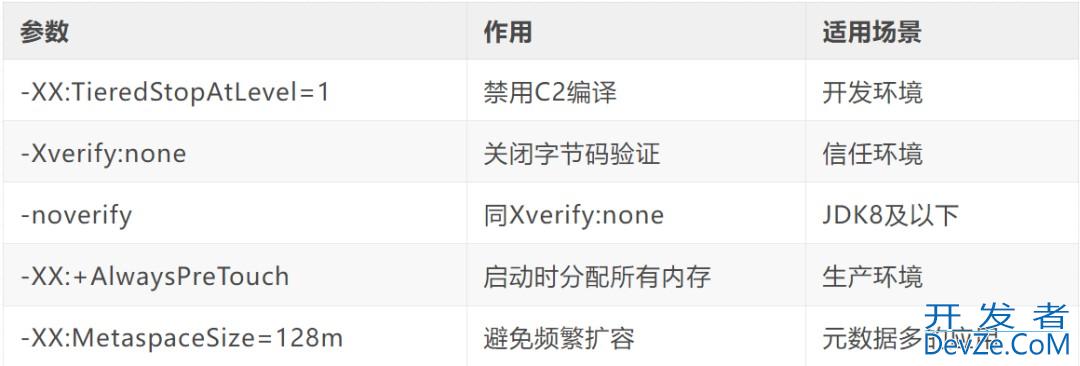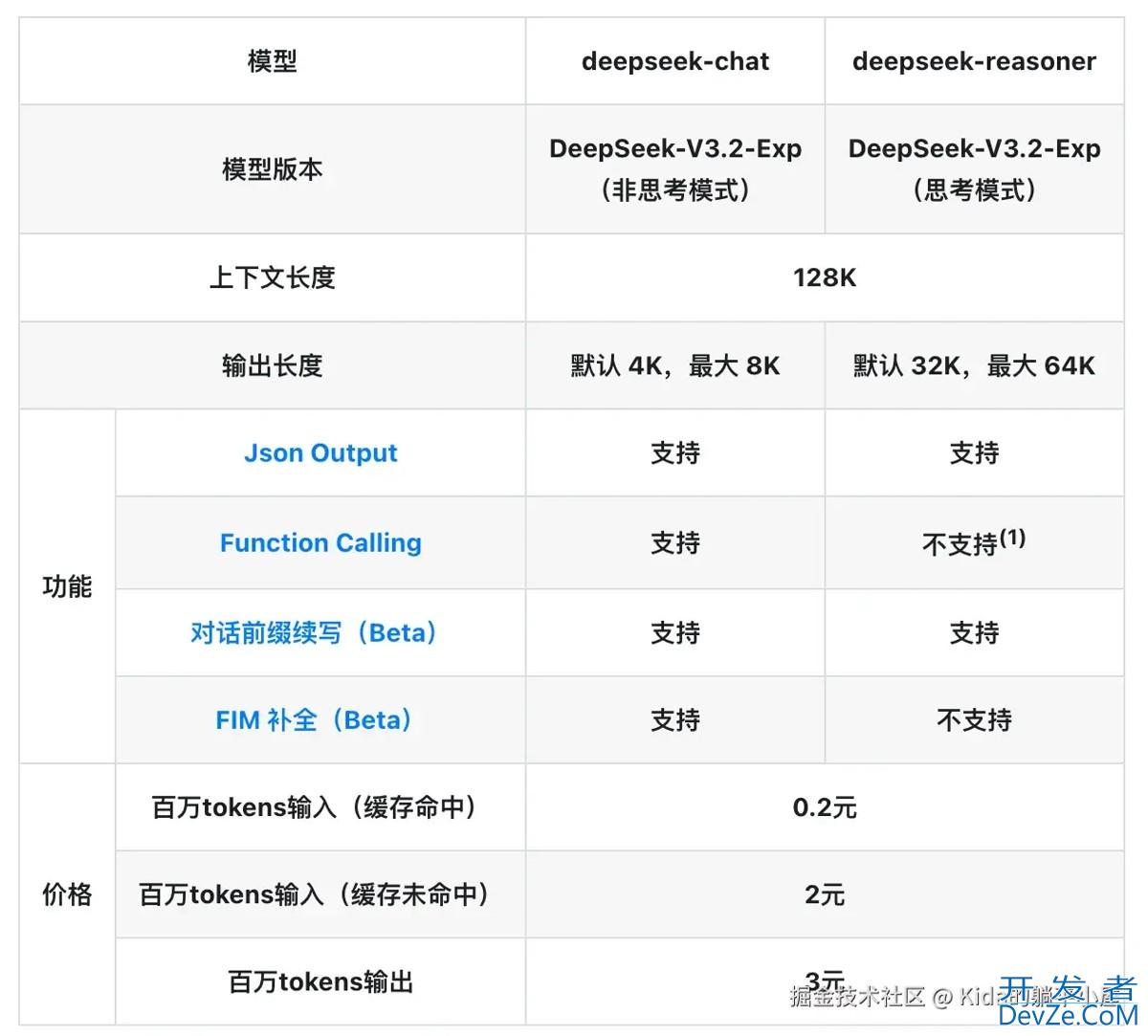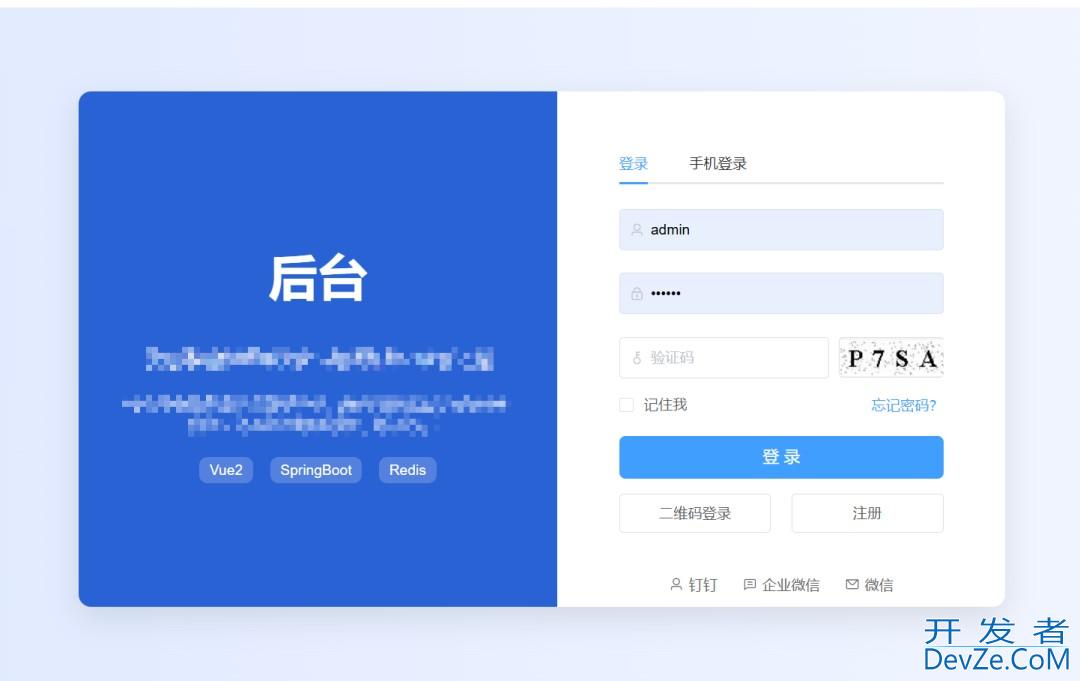目录
- 一、Protocol Buffers简介
- 1.1 什么是Protocol Buffers
- 1.2 Protocol Buffers的优势
- 1.3 典型应用场景
- 二、protobuf-Java依赖详解
- 2.1 依赖配置
- 2.2 依赖组成
- 2.3 版本选择
- 三、protobuf使用全流程
- 3.1 定义.proto文件
- 3.2 编译.proto文件
- 3.3 生成的Java类结构
- 四、Java中使用protobuf
- 4.1 构建消息对象
- 4.2 序列化与反序列化
- 4.3 读写文件
- 五、高级特性与应用
- 5.1 扩展与兼容性
- 5.2 性能优化技巧
- 5.3 与jsON互转
- 六、实际应用案例
- 6.1 网络通信应用
- 6.2 Spring Boot集成
- 七、最佳实践与常见问题
- 7.1 最佳实践
- 7.2 常见问题解决
- 八、总结
一、Protocol Buffers简介
1.1 什么是Protocol Buffers
Protocol Buffers(简称protobuf)是Google开发的一种语言中立、平台中立、可扩展的结构化数据序列化机制,类似于XML但更小、更快、更简单。它通过定义数据结构(.proto文件)来生成各种语言的源代码,这些源代码可以轻松地写入和读取结构化数据。
1.2 Protocol Buffers的优势
与JSON、XML等传统数据交换格式相比,protobuf具有以下显著优势:
- 更小的体积:二进制格式比文本格式更紧凑
- 更快的解析速度:比JSON/XML快3-10倍
- 强类型接口:生成代码带有类型检查
- 向后兼容性:支持字段扩展而不破坏现有代码
- 多语言支持:支持Java、C++、python、Go等主流语言
1.3 典型应用场景
protobuf特别适合以下场景:
- 微服务间的通信数据格式
- 需要长期存储的结构化数据
- 网络通信协议
- 需要高性能序列化的场合
二、protobuf-java依赖详解
2.1 依赖配置
在Maven项目中,添加protobuf-java依赖如下:
<dependency>
<groupId>com.google.protobuf</groupId>
<artifactId>protobuf-java</artifactId>
<version>3.21.12</version>
</dependency>
2.2 依赖组成
protobuf-java包含以下核心组件:
- 运行时库:提供序列化/反序列化核心功能
- 生成的代码支持:处理生成的Java类
- 工具类:提供各种实用功能
2.3 版本选择
版本3.21.12是protobuf的一个稳定版本,具有以下特性:
- 支持proto3语法
- 性能优化
- Bug修复
- 兼容性保证
建议使用最新稳定版以获得最佳性能和安全性。
三、protobuf使用全流程
3.1 定义.proto文件
首先需要定义数据结构,创建一个person.proto文件:
syntax = "proto3";
package tutorial;
option java_package = "com.example.tutorial";
option java_outer_claswww.devze.comsname = "PersonProto";
message Person {
string name = 1;
int32 id = 2;
string email = 3;
enum PhoneType {
MOBILE = 0;
HOME = 1;
WORK = 2;
}
message PhoneNumber {
string number = 1;
PhoneType type = 2;
}
repeated PhoneNumber phones = 4;
}
3.2 编译.proto文件
使用protoc编译器生成Java代码:
protoc --java_out=. person.proto
这将生成PersonProto.java文件,包含所有必要的类和方法。
3.3 生成的Java类结构
生成的代码包含以下主要部分:
PersonProto:外部类容器Person:对应message的主类Person.Builder:用于构建Person对象的构建器PhoneNumber和PhoneType:嵌套消息和枚举
四、Java中使用protobuf
4.1 构建消息对象
使用构建器模式创建protobuf对象:
import com.example.tutorial.PersonProto;
public class PersonBuilder {
public static PersonProto.Person buildPerson() {
PersonProto.Person.PhoneNumber phone = PersonProto.Person.PhoneNumber.newBuilder()
.setNumber("123-456-7890")
.setType(PersonProto.Person.PhoneType.HOME)
.build();
return PersonProto.Person.newBuilder()
.setId(1234)
.setName("John Doe")
.setEmail("jdoe@example.com")
.addPhones(phone)
.build();
}
}
4.2 序列化与反序列化
将对象序列化为字节数组或从字节数组反序列化:
import com.example.tutorial.PersonProto;
public class SerializationDemo {
public static byte[] serializePerson(PersonProto.Person person) {
return person.toByteArray();
}
public static PersonProto.Person deserializePerson(byte[] data)
throws InvalidProtocolBufferException {
return PersonProto.Person.parseFrom(data);
}
public static void main(String[] args) throws Exception {
PersonProto.Person person = PersonBuilder.buildPerson();
// 序列化
byte[] serialized = serializePerson(person);
System.out.println("Serialized size: " + serialized.length + " bytes");
// 反序列化
PersonProto.Person newperson = deserializePerson(serialized);
System.out.println("Deserialized: " + newPerson);
}
}
4.3 读写文件
protobuf也支持直接读写文件:
import java.io.FileInputStream;
import java.io.FileOutputStream;
import com.example.tutorial.PersonProto;
public class FileOperations {
public static void writeToFile(PersonProto.Person person, String filename)
throws IOException {
try (FileOutputStream output = new FileOutputStream(filename)) {
person.writeTo(output);
}
}
public static PersonProto.Person readFromFile(String filename)
throws IOException {
try (FileInputStream input = new FileInputStream(filename)) {
return PersonProto.Person.parseFrom(input);
}
}
}
五、高级特性与应用
5.1 扩展与兼容性
protobuf的优秀设计支持向前和向后兼容:
// 原始版本
message Person {
string name = 1;
int32 id = 2;
}
// 新版本添加字段
message Person {
string name = 1;
int32 id = 2;
string email = 3; // 新增字段
}
旧代码可以读取新数据(忽略未知字段),新代码可以读取旧数据(使用默认值)。
5.2 性能优化技巧
重用构建器:减少编程客栈对象分配
PersonProto.Person.Builder builder = PersonProto.Person.newBuilder(); // 多次使用同一个builder
预分配重复字段:
builder.addAllPhones(Arrays.asList(phone1, phone2));
使用ByteString处理二进制数据:
ByteString imageData = ByteString.cop编程客栈yFrom(Files.readAllBytes(imagePath));
5.3 与JSON互转
protobuf提供了与JSON相互转换的能力:
import com.google.protobuf.util.JsonFormat;
public class JsonConversion {
public static String toJson(PersonProto.Person person) throws Exception {
return JsonFormat.printer().print(person);
}
public static PersonProto.Person fromJson(String json) throws Exception {
PersonProto.Person.Builder builder = PersonProto.Person.newBuilder();
JsonFormat.parser().merge(json, builder);
return builder.build();
}
}
六、实际应用案例
6.1 网络通信应用
protobuf非常适合网络数据传输,以下是一个简单的TCP示例:
服务端代码:
import java.net.*;
import java.io.*;
public class ProtobufServer {
public static void main(String[] args) throws Exception {
ServerSocket serverSocket = new ServerSocket(8080);
System.out.println("Server started...");
while (true) {
Socket clientSocket = serverSocket.accept();
InputStream input = clientSocket.getInputStream();
PersonProto.Person person = PersonProto.Person.phpparseFrom(input);
System.out.println("Received: " + person.getName());
/python/ 构建响应
PersonProto.Person response = PersonProto.Person.newBuilder()
.setName("Hello " + person.getName())
.setId(person.getId())
.build();
OutputStream output = clientSocket.getOutputStream();
response.writeTo(output);
clientSocket.close();
}
}
}
客户端代码:
import java.net.*;
import java.io.*;
public class ProtobufClient {
public static void main(String[] args) throws Exception {
Socket socket = new Socket("localhost", 8080);
// 发送请求
PersonProto.Person request = PersonProto.Person.newBuilder()
.setName("Alice")
.setId(123)
.build();
OutputStream output = socket.getOutputStream();
request.writeTo(output);
output.flush();
// 获取响应
InputStream input = socket.getInputStream();
PersonProto.Person response = PersonProto.Person.parseFrom(input);
System.out.println("Response: " + response);
socket.close();
}
}
6.2 Spring Boot集成
在Spring Boot中使用protobuf作为HTTP消息格式:
- 添加依赖:
<dependency>
<groupId>com.google.protobuf</groupId>
<artifactId>protobuf-java</artifactId>
<version>3.21.12</version>
</dependency>
<dependency>
<groupId>org.springframework.boot</groupId>
<artifactId>spring-boot-starter-web</artifactId>
</dependency>
- 配置HttpMessageConverter:
@Configuration
public class ProtobufConfig {
@Bean
ProtobufHttpMessageConverter protobufHttpMessageConverter() {
return new ProtobufHttpMessageConverter();
}
}
- 创建Controller:
@RestController
public class PersonController {
@PostMapping("/person")
public PersonProto.Person createPerson(@RequestBody PersonProto.Person person) {
return PersonProto.Person.newBuilder(person)
.setId(new Random().nextInt(1000))
.build();
}
@GetMapping("/person/{id}")
public PersonProto.Person getPerson(@PathVariable int id) {
return PersonProto.Person.newBuilder()
.setId(id)
.setName("Sample Person")
.setEmail("sample@example.com")
.build();
}
}
七、最佳实践与常见问题
7.1 最佳实践
合理设计.proto文件:
- 使用有意义的包名和消息名
- 为字段添加清晰的注释
- 考虑未来的扩展性
版本控制:
- 对.proto文件进行版本控制
- 不要修改已使用字段的标签号
性能考虑:
- 对大消息考虑分块处理
- 在内存受限环境中注意消息大小
7.2 常见问题解决
字段冲突:
- 错误:尝试重用已删除字段的标签号
- 解决:永远不要重用标签号,使用新的
性能问题:
- 症状:序列化/反序列化速度慢
- 解决:检查消息大小,考虑使用protobuf-lite版本
内存泄漏:
- 症状:ByteString导致内存增长
- 解决:使用ByteString.copyFromUtf8()而非ByteString.wrap()
八、总结
protobuf作为高效的序列化工具,在Java生态中有着广泛的应用。通过本文的介绍,你应该已经掌握了:
- protobuf的基本概念和优势
- 如何在Java项目中集成protobuf-java
- 定义和编译.proto文件的方法
- 各种Java操作protobuf的技巧
- 实际应用场景和最佳实践
随着微服务和分布式系统的普及,protobuf的重要性将进一步提升。掌握这一技术将为你的Java开发技能增添重要的一笔。
以上就是Java整合Protocol Buffers实现高效数据序列化实践的详细内容,更多关于Java Protocol Buffers数据序列化的资料请关注编程客栈(www.devze.com)其它相关文章!







 加载中,请稍侯......
加载中,请稍侯......
精彩评论